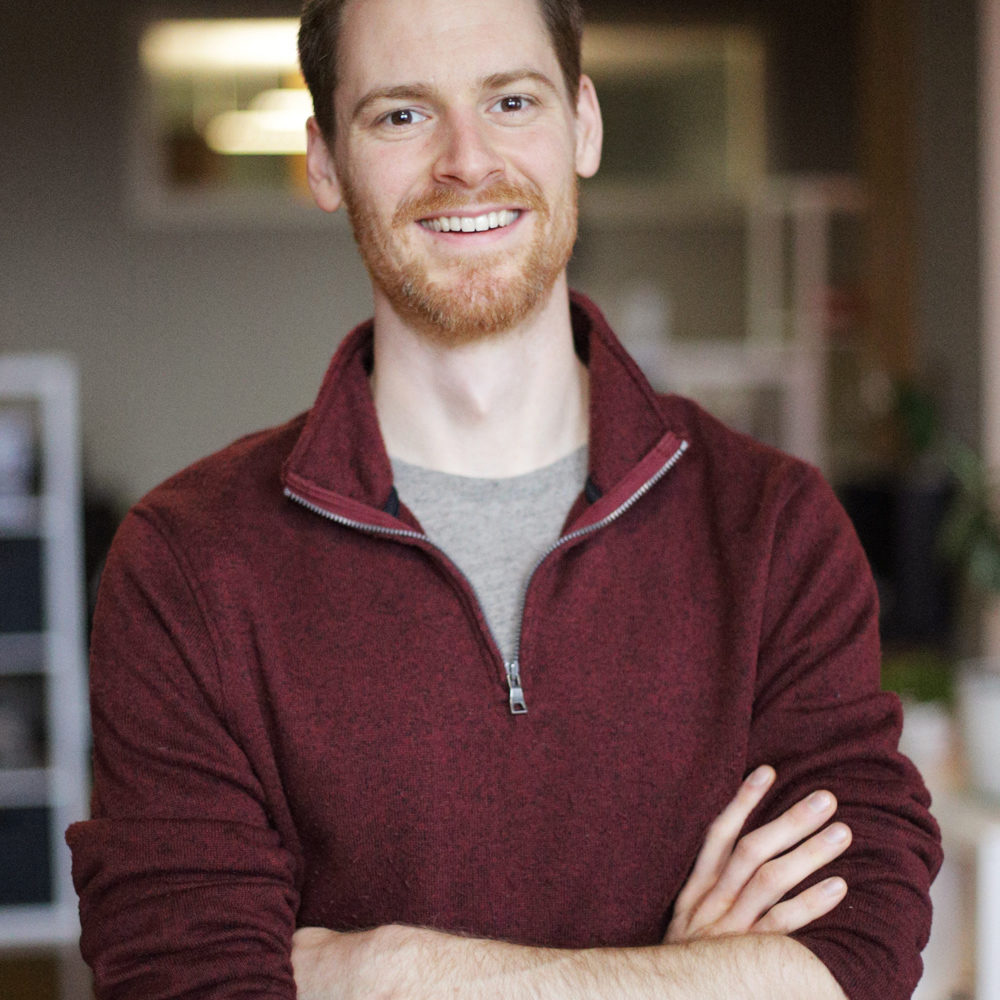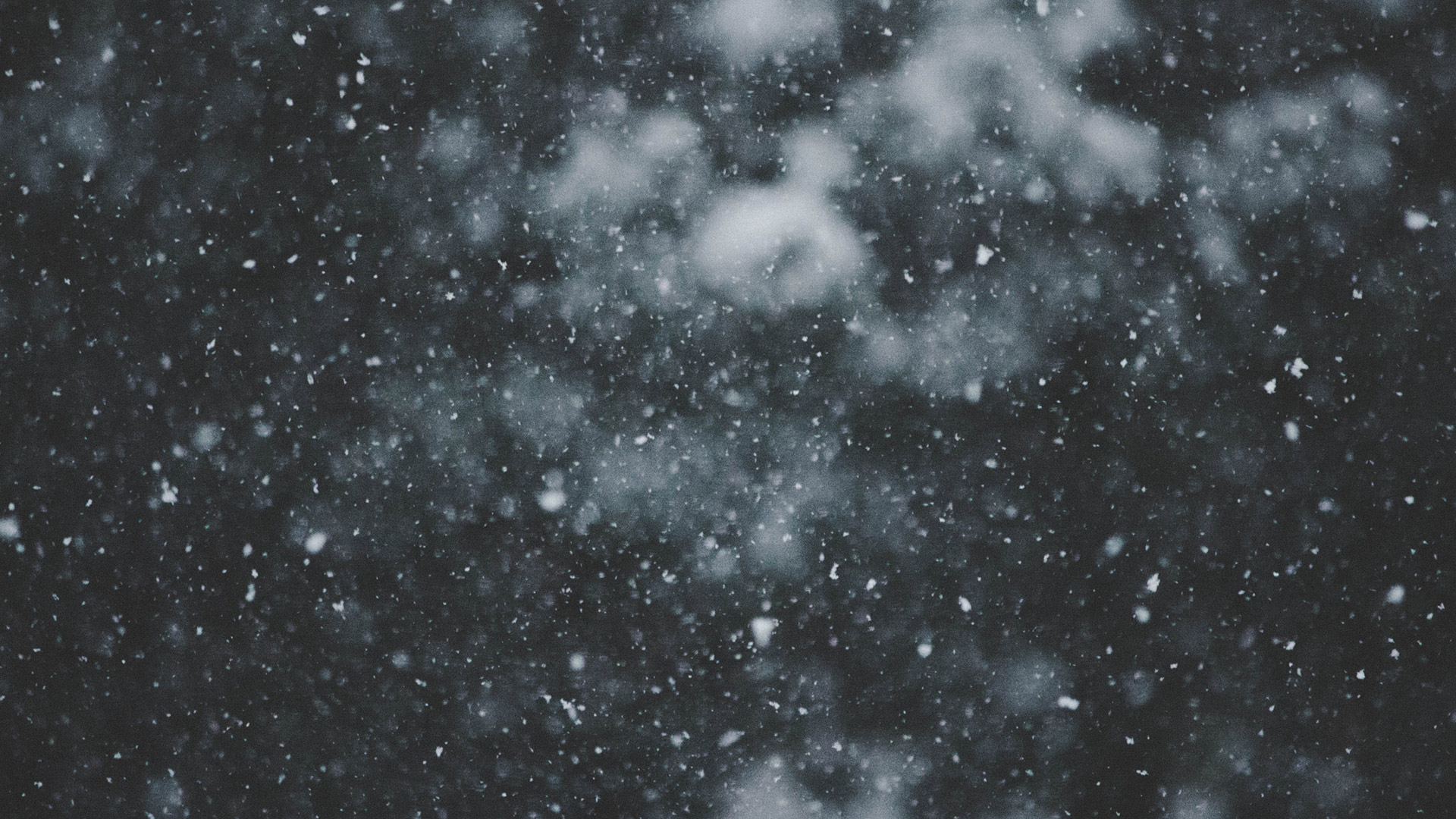There’s been a recent infusion of more showers, more gray, more chill into the weather. These herald Winter, in Seattle and in another academic year at the Seattle School. It’s a change in the climatic and emotional seasons provoking melancholy for many of us. Yet the perennial atmospheric dreariness – or the disruption and doom you may feel along with it, watching as leaves fall from your sense of identity – need not inspire dread. If we try to see through Nature’s
eyes, we can interpret the changing seasons as a guide and host to welcome changes within ourselves.
Maybe you’ve just begun your time in Seattle or at the School, and are facing our Winter – and shedding your leaves of identity – for the first time here. Maybe you’ve heard tell of our relentless rains, but you’re now finding the shell you own isn’t in fact as leak-proof as you thought, that you’re taking on more water and sooner than you ever imagined, frantically
battening down the hatches.
Or maybe you’re midway through your studies. You’re no longer a stranger to the inevitable darkness, but feeling it in your bones with a new heaviness, weighing down under it even as you need to run some gloomy gauntlet, unable to imagine the dawn of a spring graduation ever appearing on the horizon.
Or maybe you’re a Seattle and Seattle School veteran. You’re hoisting your collar against the crisping wind, layering linings against the seeping damp, cocooning yourself in comfort, but still unable to escape the question that gnaws like frost: why you linger at a latitude of months-long sleet and twilight. Or maybe like most Cascadian born-and-bred, you’ve actually grown fond of Winter here after all these years.
After living here for 3 years, I find my own disposition somewhere in between these two – sometimes dreading the dreariness, disruption, and doom of Winter, but more and more able to welcome it. This heartening in me is partly just the fruit of experiencing the tread of time though multiple cyclings of seasons, seeing them shift every year just as surely into Spring as they did into Winter. But it’s also a product of practices learned in an aspiration to embrace the movements of Nature, a simple strategy crafted of equal parts effort and equanimity. (And a dash of unabashed and indulgent alliteration, if you haven’t noticed already.)
Embracing the cold is a matter of mustering the gumption to venture boldly into Winter’s gusts. Of pressing on with a needed walk or run or bike ride in spite of the elements, using exercise to fuel your body’s natural furnaces, so you can lean into the chill wind and dampness. Of sailing with them come what may.
And it’s also a matter of making frequent berths at cozy ports of call, of which the Seattle School will always be one, thanks to the unsinkable mirth and merriment of fellow students, faculty, and staff. Each thawing person is always a reminder that the cold does indeed end.
Embracing the darkness is a matter of, despite the drudgery or disdain, entertaining the truth in what may feel threadbare maxims: trust the Spirit, trust the process, trust that we will crest out of the valley of night into a breaking day, that beyond the mountains of shadow are sunlit pastures, that Winter accedes to Spring’s flowering.
And it’s also a matter of forsaking Winter’s clouded and concrete landscapes for woodlands and wilderness, forsaking gray canopies for green. Here brushes of moss-chartreuse and cedar-ochre flourish for those willing to get close enough to touch the artwork. Here fermenting memories of fallen leaves and branches nourish the roots of their origin. There are many such gardens and groves even within the four corners in the city: northerly Woodland Park with its old-growth elders, southerly Seward Park with its contemplative coastlines, the easterly Arboretum with its Pan-Pacific panoply, the westerly Me-Kwa-Mooks Park with its hillside secrets. Each green place is always a reminder that it is a veil and not a wall separating life and death – and that it is natural that we, like so many others of God’s children of the Earth, hibernate in between these two ways of being in accordance with the seasons. Each green place is always a reminder that the darkness does indeed end, or at least hibernates peacefully.
And embracing the rain is a matter of remembering that, again like all God’s creatures, we are born and made of the waters. And so we can remember how to swim – if we only let sinking ships sink, not going down with them, but letting them find rest among the reefs, and coming back in our time to dive for their treasures.
And it’s also a matter of letting the tides in their time carry us as they always do to dry land, a new continent where people have been calling our names out to the stormy sea, praying that it delivers us to this hopeful home. Here we will remember that, with each Spring, the new leaves of iterated identity emerge even healthier than the old leaves. Here we will remember that those pieces we have shed retain their own beauty, and fall to feed our new growth. Here we will remember that, again like all the Spirit’s creatures, we are born and made of fresh clay, and so, ashore, can walk again.
This birthing and making Spirit knows – is – both sea and land, both treasured ship and treasured reef, both the calling from the shore and the delivering tide, both the storm and the rainbow reminder that – always, even in Winter – the rain does indeed end. This Spirit welcomes our dread of the dreariness, disruption, and doom, even while it welcomes, and helps us welcome, Winter.


